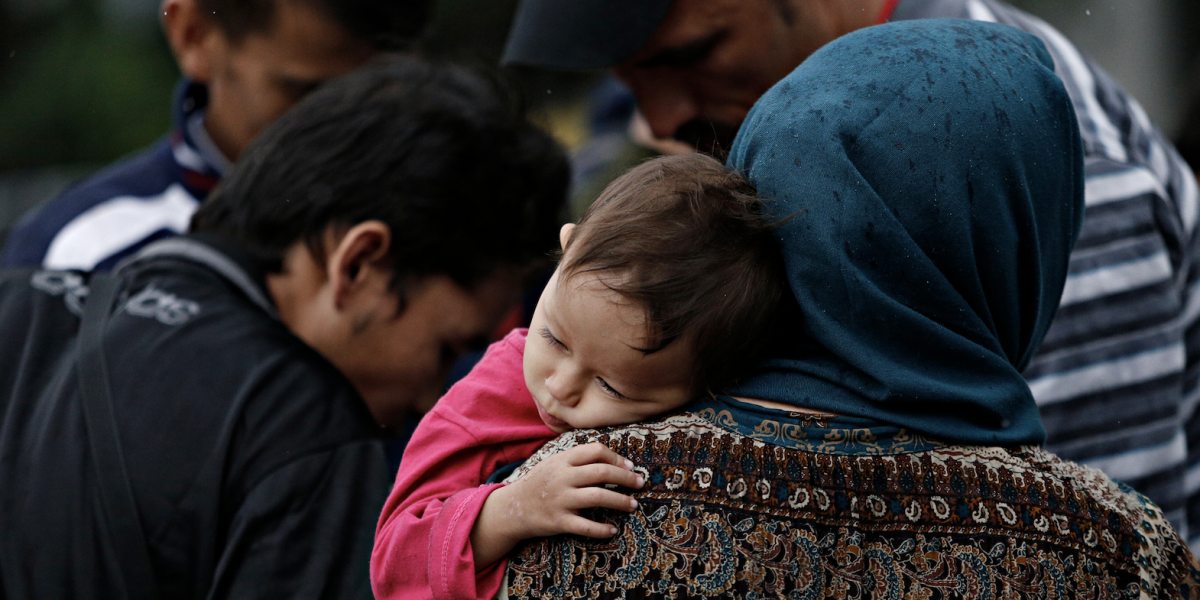Afghanistan: One Year Later
15 August 2022

Forced displacement is no stranger to the Afghan population as nearly 40 years have amassed to three generations of children born into exile.
Prior to the events that took place in August of 2021, conflict, poverty, and food insecurity had consistently caused millions to flee—over 6 million according to UNHCR. 85% of Afghan refugees have fled to the surrounding countries of Iran and Pakistan, leaving the remaining 15% to be either displaced internally or relocated to a country even further from their home
Since the United States evacuation in 2021, an additional 700,000 people have been displaced. Many of the displaced are women and girls, who, despite assurances from the Taliban to the contrary, fear the loss of basic human rights. In an attempt to repair international relations, the Taliban released a ‘decree on women’s rights’ in December of 2021 that modeled their former strict interpretation of Islamic law from 1996-2001.
There was no mention of education or employment.
After decades of improvements in women’s rights, the Taliban has forced women out of leadership roles, removed secondary school as an option for girls, and now require that male guardians escort fully covered women during all public outings. In addition, they’ve removed the Elimination of Violence Against Women Law (2009), which offered protections against violence and forced marriage.
While the Taliban continues to focus on eliminating women’s rights, the entire country is at critical levels of economic disaster. With women out of the workforce, which has had an estimated impact of $1 billion on the economy, coupled with climate-related concerns, food insecurity is at an all-time high.
Afghanistan and its people are suffering from crises on multiple fronts, and as a result, they are fleeing for the lives.
Following the Taliban’s takeover of the Afghanistan Government last year, the U.S. has accepted over 75,000 at-risk Afghans under humanitarian parole. While parole is a step in the right direction, this designation does not allow the same legal protections of other immigration statuses. The Afghan Adjustment Act, a bipartisan bill that was introduced on August 9th, 2022, would remedy this. We ask you to join us and urge your congress people to pass this bill immediately
There is more that the international community can do to help our refugee brothers and sisters.



